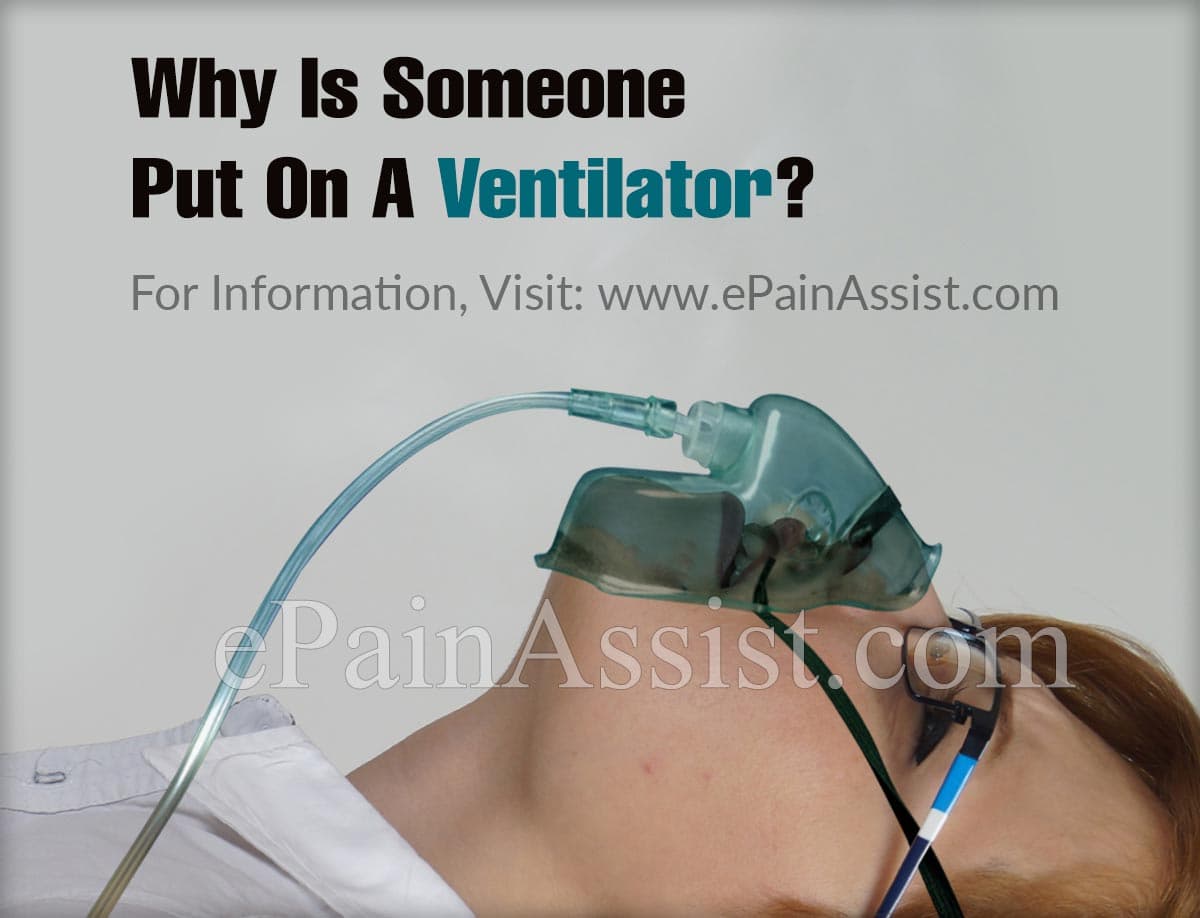Ventilators are a type of life support system that helps a severe or critical patient to remain alive. It is no secret that the human body is a conglomeration of different vital organs and a number of very imperative network systems. Some of the most important organs in the human body happen to be the heart, brain, kidney, and lungs. Some of the important networks of the body are those of the nerves, arteries, and veins that are united by the flow of blood and other fluids.
Only when all these different elements come together and function in a proper manner the human body can function well and without any ailments or problems. However, there can be drastic physical conditions triggered off by serious diseases and ailments that can lead to the failure of a number of vital organs of the human body. This is a condition that can also lead to the death of the patient if proper care is not taken and help is not given at the right time.

What Is a Ventilator?
A ventilator is a type of life support system as an alternative breathing system. When the human lungs and the respiratory system collapse and stop functioning, it is the ventilation system that can help the patient to breathe. This is why a ventilator is also known as a respirator. The ventilator is however not the only type of life support system or machines, as there are other formats of machines that are used in the condition of failure of other organs.
A ventilator is used to push the air into the lungs and circulate oxygen in the rest of the body. This is a process that allows the patient to keep on breathing. Often along with air other medicines and drugs are also pushed into the lungs so that the process of treatment can be continued. Application of a ventilator is quite a cumbersome affair, where several pipes and ducts are in question. This is a state that can make your patient quite immobile and can even find it difficult to talk and communicate.
Why Are Ventilators Required?
As mentioned earlier ventilator is a machine that helps a patient to keep on breathing even when their lungs and respiratory system have failed. This is a machine that helps to keep a critical patient alive even when his organ has failed.
- Healing – Ventilators are machines which along with helping a patient to breathe also help a patient’s body to heal gradually over time. This is one of the main reasons why patients who have undergone a critical surgery are kept on ventilation for a span of twelve to twenty-four hours.
- Helps In Breathing – Patients, who are facing a problem of lungs like pneumonia or other respiratory problems, can also be put on a ventilator. In other situations where the patient is under other severe conditions like sepsis might also need to be put on ventilation. These are the conditions where the lungs and the respiratory systems completely collapse. This is where we see that ventilators become really important for the patient to breath air and circulate an adequate amount of oxygen into the other parts of the human body.
- Complete Rest – A ventilator is a machine which often requires the patient to be put to sleep. This is a condition that is often attained with the help of drugs and is also referred to as that of an induced coma, a condition that allows a person to be in complete rest. It helps in the treatment of the patient as a whole.
Can A Person Recover Once Off The Ventilator?
As a rule of thumb, a patient can be kept on a ventilator for a span of one month. If the patient does not show any sign of recovery within this time period, then the doctors always open negotiations with the families of the patient regarding taking off the ventilator. As a rule, a ventilator can be applied to a patient for an indefinite period of time. However one of the aspects that must be clarified here is that a ventilator does not cure the disease in an ailing patient. It is a mere life support system that helps the patient to breathe even when his or her lungs have stopped functioning. It is a part of the support treatment and does not affect the core treatment in any way. If a ventilator is removed and the patient dies, it is not because the ventilator has been removed because of which the patient dies, it is because the actual disease that has affected the human body has not been treated successfully.
There are many situations where a patient recovers just fine and returns to normal after being removed from a ventilator. The ‘bed n breakfast’ patients or the surgery patients who are brought into the ICU and put on ventilators as a precautionary measure is one of the best examples of this condition. On the other hand, there are a number of patients who do not return to normal and do not survive after being taken off from ventilation. This is sheer because the ailment of the body could not be treated properly.
Conclusion
Ventilation is an expensive proposition. Hence, this system acts as a supportive system that cannot be continued or afforded for an imprecise period by a large number of people. Even if you can afford this machine for an indefinite period, the resulting life for your loved ones will be a highly compromised one. On the other hand, the process of coming off a ventilator is known as weaning and is a process that takes a gradual span of time. Whether a patient will service after weaning or not depends to a great extent on the success of the treatment that has been met out to him.
Also Read:
